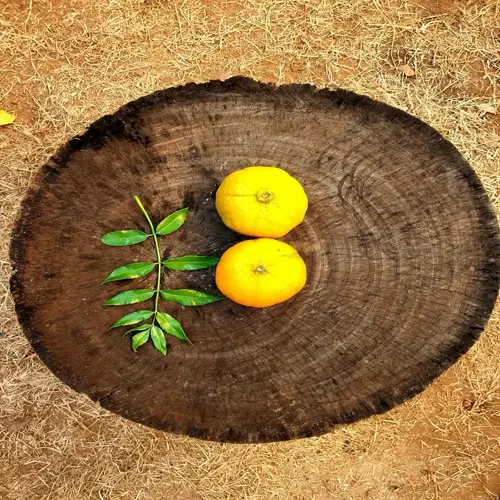Why is peat moss environmentally problematic?

Written by
Michael Sullivan
Reviewed by
Prof. Martin Thorne, Ph.D.Harvesting peat moss destroys ancient wetland ecosystems that have taken thousands of years to develop. These wetlands contain vast quantities of carbon dioxide and keep it from the atmosphere. When they are drained for extraction, the carbon is released, and climate change is accelerated dramatically.
Carbon Release
- Drained bogs emit stored greenhouse gases
- Each acre releases tons of CO₂ annually
- Contributes significantly to global warming
Habitat Destruction
- Unique carnivorous plants become extinct
- Migratory birds lose nesting grounds
- Rare insects and amphibians disappear
Water Cycle Disruption
- Drained bogs cannot regulate watersheds
- Increases flooding risks downstream
- Reduces groundwater recharge capacity
Non-Renewable Extraction
- Peat forms just 1mm per year
- Current rates harvest 500 years of growth
- Takes centuries to regenerate fully
Bogs are more effective at being carbon sinks than forests, storing twice the carbon of all the forests combined for an area that covers just 3% of the land. Their destruction also releases this legacy of carbon into the atmosphere, exacerbating our climate crisis immediately.
Distinct biodiversity faces irreplaceable losses from peat harvesting. Sundews, butterworts, and other carnivorous plant species are unable to flourish elsewhere. Rare dragonflies, bog turtles, and other species will disappear forever when their unique habitats are destroyed.
The ultimate slow rate of regeneration means peat is unsustainable. We extract centuries of material in a matter of months, while nature needs generations to recreate those ecosystems. We are fundamentally violating basic conservation principles.
Governments worldwide implement peat restrictions recognizing these dangers. The UK is expected to ban amateur use by 2024. The EU phases out commercial use. These policies protect vital ecosystems while promoting sustainable alternatives.
Read the full article: 10 Best Peat Moss Alternatives for Gardens

